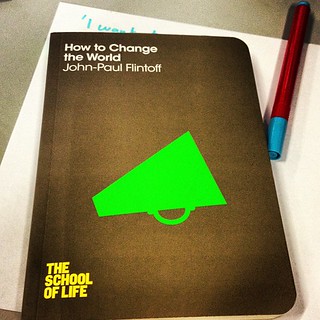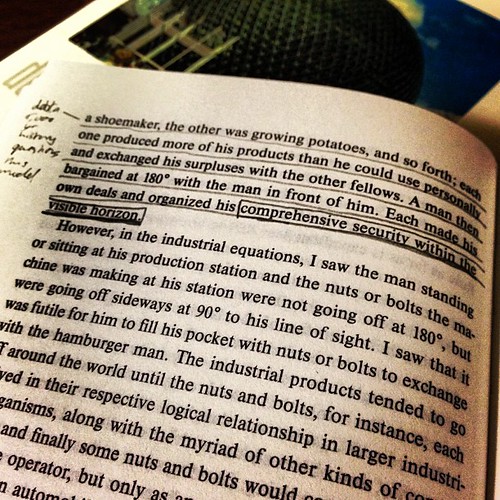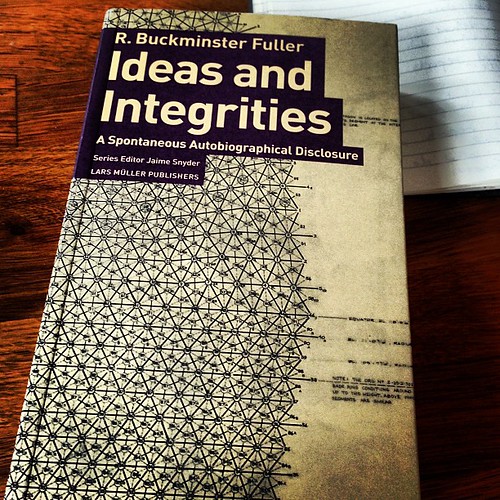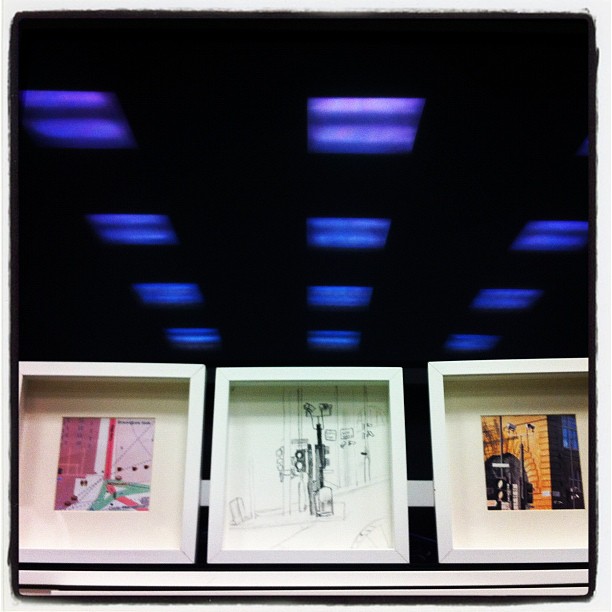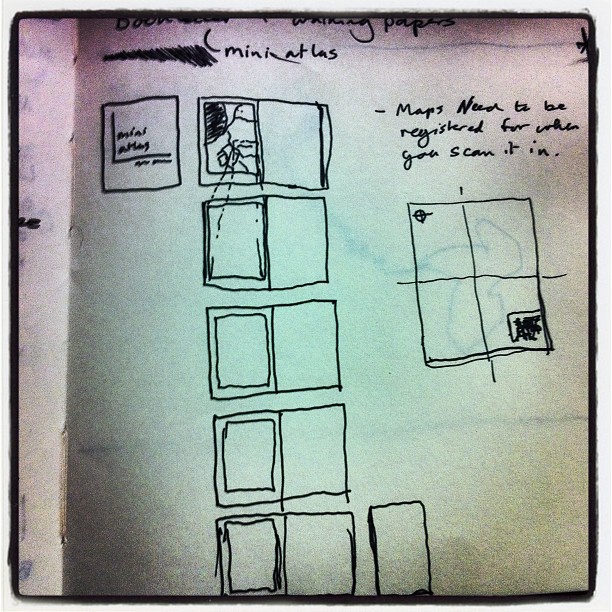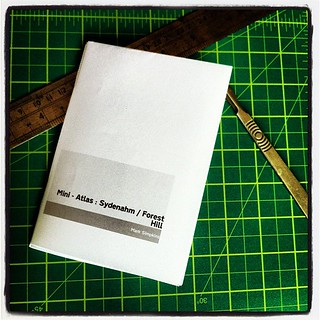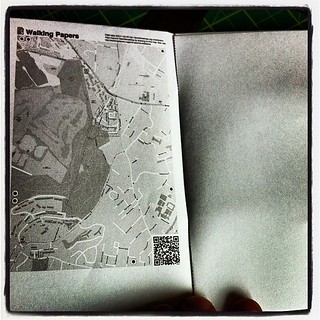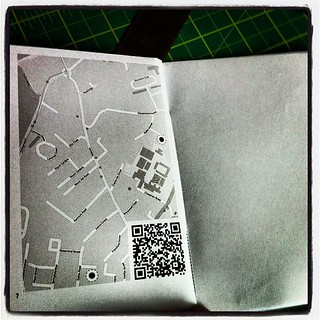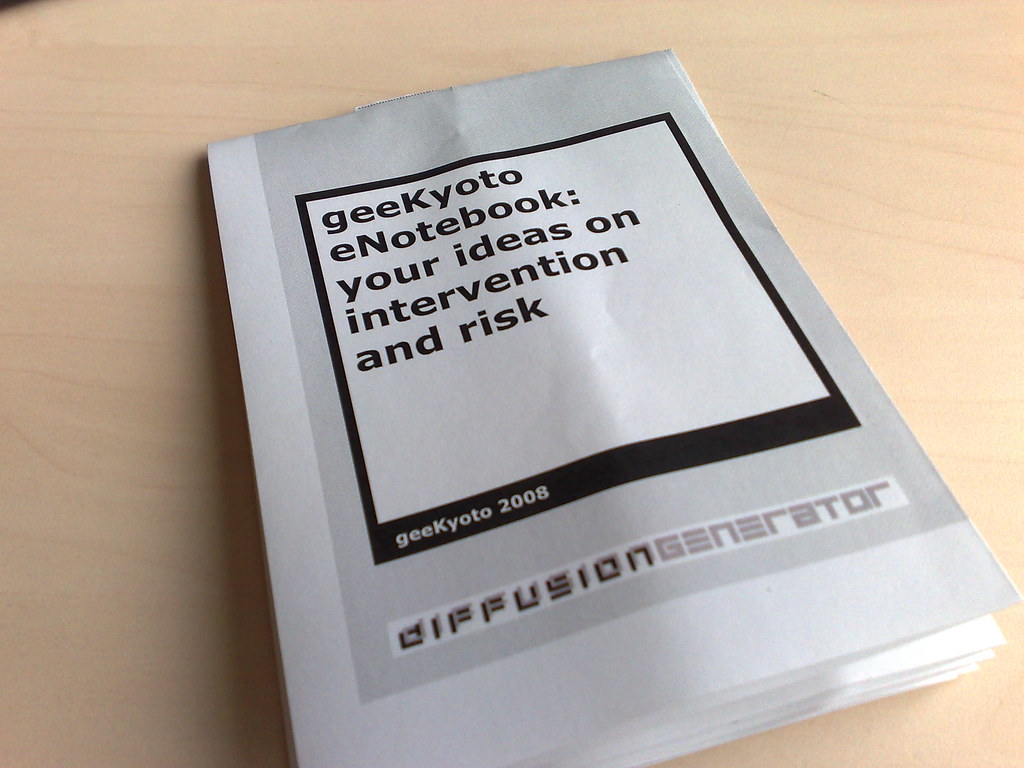At Improving Reality 2013 in Brighton, during a panel session, one of the speakers, Tobias Revell briefly mentioned the ideas that design can be an antagonistic platform and the possibility that design could be a protest movement.
A flurry of tweets on the backchannel around this idea appeared and as I am involved in a college of art and design and I am interested in protest, activism and action I thought that this might be worthy of some further investigation.
An antagonistic platform is something I consider a space to investigate the tensions and conflicts between two or more actors. Through scenarios, provocations and role playing it should be possible to investigate and document the potential antagonisms and use this information, either in working towards resolution, evidence against one actor or another etc.
Something missed in the tweets that surrounded Tobias comment was a follow up for him, that this antagonistic space could be safe. This of course follows from a lot of the work that was presented on the day, these were design fictions and as such had yet to permeate into everybody’s everyday life.
Using the toolkit of design and the creation of fictions and scenarios and associated interventions you could explore certain antagonisms between actors in a safer space than ‘in the wild’
The artist and researcher Christian Nold presented a piece of work on Noise at the recent Participation In Science conference, held recently in London as a part of the Royal Geographic Societies annual conference. For the work, he has been working with local communities around Heathrow Airport, working to record the sound levels due to aircraft usage of the Airport. This is a politically charged issue, the expansion of Heathrow has a lot of investment attached to it but it would also greatly affect a large number of people who live in the area, with increased noise and the associated loss on the value of property that they own.
The work, as part of UCL’s Extreme Citizen Science research project is looking at ways of engaging the public in recording data, data that needs to be gathered to form part of a report on the proposed expansion.
Whilst developing tools and practiced to involve the community in collecting the data on their environment, Christian also developed a set of ‘interventions’, objects that use and respond to the data and provoke questions. For example, a simple receipt printer attached to a sound monitor, a receipt printed each time it recorded a sound above a preset limit. In a future could such receipts be used to clam compensation for sound pollution.
What was interesting was, at the conference, there were questions about the place of such parts of the work in the project. Science is supposed to be objective and not involved in the politics of the situation, yet these objects are imbued with the situation and political dialogue and work to provoke and question within that space, based on the underlying data collected in the ‘science part’ of the project.
Yesterday (as i write this) the iPhone 5s was launched, complete with fingerprint scanner and thus a mechanism for the everyday normalisation of biometric collection and use was released. This is though the post Snowden moment and whilst the theatre of techno-fetishism around the launch continued, the criticism behind the agenda of such technology was more noticeable. How long will this continue?
We are now working in a much more accelerated space. What is interesting is if design, art, critique on technology and practices can get out fast, so that by the time the technology is embedding itself into our everyday infrastructure we are already more conversant in how it works, why it does what it does and way it means to us in our lives.
I do not think that design is or will be a protest movement of itself, but it is part of the landscape on how we interact with each other and our environments, that protest ideas should make use of the tools of design and that design projects should be able to present the conflicts and hi light the issues, problems and conflicts in systems, processes, ideas and technologies.
Design can make the more abstract philosophies and ideas more accessible, more tangible and therefore more questionable and prod-able. Systems and methods of agency can be examined and questioned in a more accessible way. By developing the dialogues inside the safer space of the design space we can examine and extract and develop the ideas that are positive, that do make life better whilst retaining a record on the dialogue and process that lead to that decision.
I am thinking about hosting a one day conference on this, geekyoto style, if you might be interested the please fill in this form.
